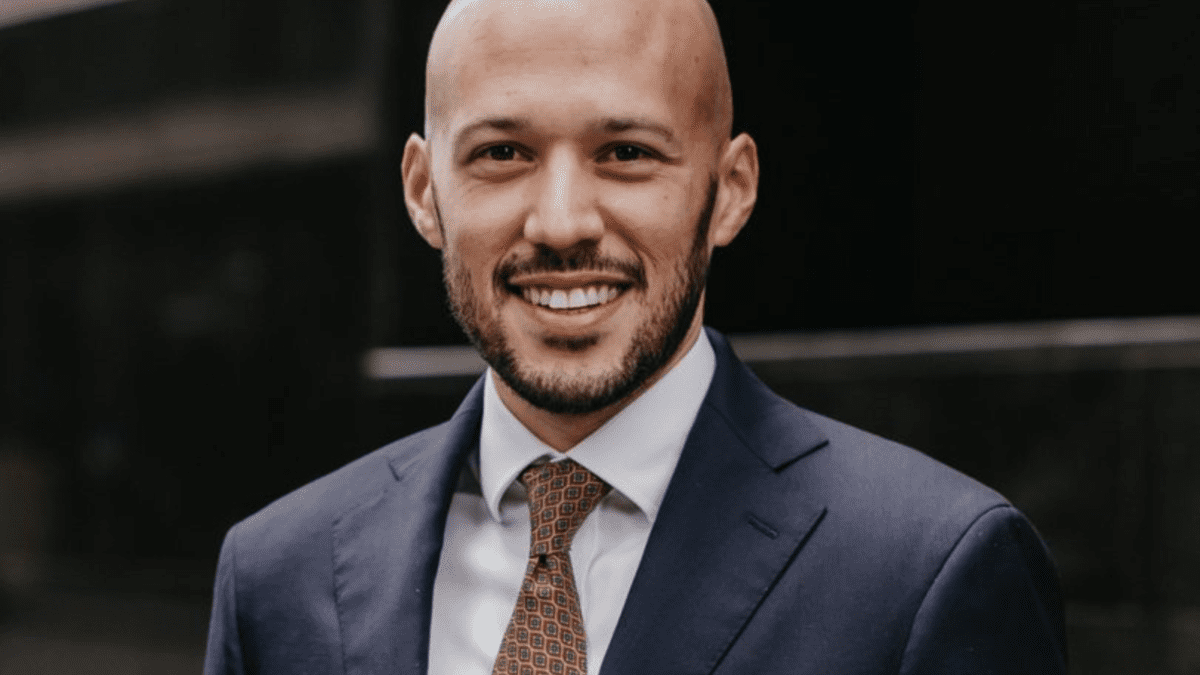Property debt no panacea for SMSF investment
If considered purely as an asset class, there is plenty of justification for including residential property in a self-managed superannuation fund (SMSF). But there are dangers in adding a lumpy asset and, more importantly, singular property debt, into such a restricted environment.
Property as an asset class is a long-term investment, which suits the time horizon of many SMSFs. According to Shane Oliver, head of investment strategy and chief economist at AMP, Australian residential property has earned a total return (capital growth plus net rental income) of 11 per cent a year since 1926, not far short of the 11.3 per cent a year (capital growth plus dividends) earned from Australian shares – although those indexed returns do not account for the idiosyncratic risk-versus-return situation for each individual property, or, for that matter, each listed company’s shares.
As in the general population, there is persistent support for the asset class among SMSFs. According to the Australian Taxation Office’s (ATO’s) SMSF quarterly statistical report for the March 2022 quarter, SMSFs held $50.3 billion of assets in residential property, or 5.9 per cent of total net assets.
That amount has grown by 60 per cent since March 2017, when SMSFs’ allocation to residential property was lower, at 5 per cent.
Clearly, there are widely perceived advantages to holding property inside an SMSF, as opposed to owning it in your own name – most notably, the concessional tax treatment of rental income and future capital gains. If an investor holds on to the property until retirement, the earnings and gains from it should be tax-free.
Just as outside a SMSF, property can be a powerful asset to generate capital growth over time. But there are profound considerations that should be “put up against the idea of property in a SMSF”, says Luke Laretive, CEO and investment adviser at Seneca Financial Solutions.
“It isn’t so much whether property belongs in a SMSF, the more important question is whether property debt belongs in a SMSF,” Laretive says. “If the property is mortgaged, you’re potentially creating a 20 to 30-year liability for the fund.
“As soon as you do that, the fund has to have the consistent cash flow to meet mortgage repayments, and on top of that, the fund commits to paying all of the outgoings – the stamp duty to enter and exit, the agent and legal fees, the expenses, maintenance, strata fees, outgoings etc.”
If for whatever reason the property is vacant for a period, those expenses still come out of the fund, says Laretive, while not being covered by rent.
But where the strategy can really come unstuck is when an SMSF enters retirement phase, and members commence super income streams. “That’s where the fact that a property is a single, indivisible asset can cause problems,” Laretive says. “Once members have entered the retirement phase of their lives, there must be a minimum drawdown from the fund each year in order to maintain the fund’s tax-exempt status. If the fund has to meet a drawdown of, say, $50,000, and the property is the major asset, it can’t sell a room of the house.”
Typically, he says, SMSFs will look to sell the property before commencing super income streams. But if the home hasn’t been owned for a long enough period of time, or it still has a large debt on it, the timing of this transaction may be unsuitable for the fund.
Because every situation is unique, Laretive contniues, an adviser has to treat the question of property suitability for a SMSF on the merits of each particular case; owning property in super has worked well for some funds.
“It comes back to the gearing issue: I wouldn’t recommend that,” he says. “In practical terms, I would say, property doesn’t suit a balance level in an SMSF that would need to be geared. The borrowing and property costs go on to your annual SMSF costs – is the incremental return going to justify that? I would suggest not, when you can pay your adviser 50 to 100 basis points for a growth-asset strategy that matches or exceeds the real return from a property.”









